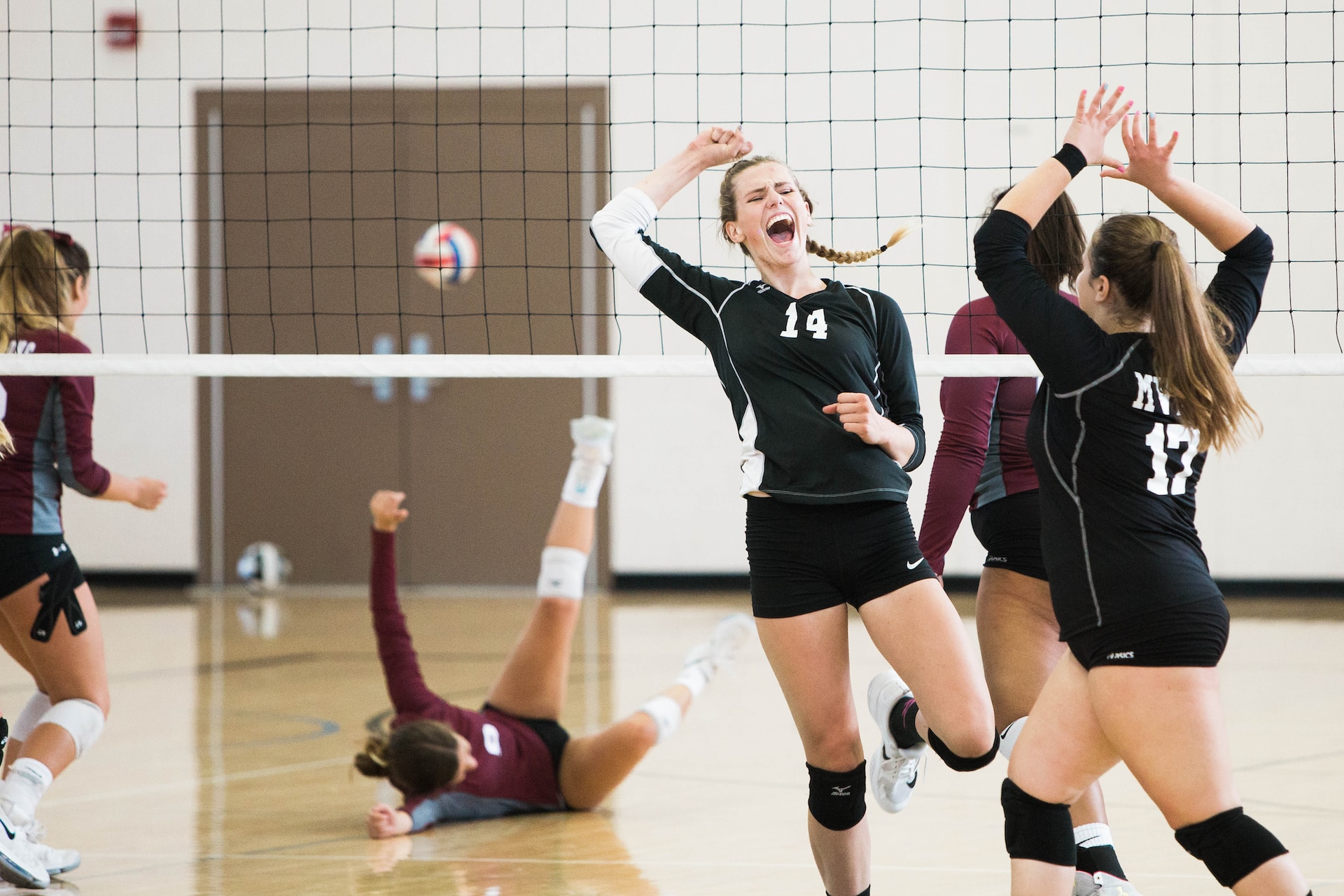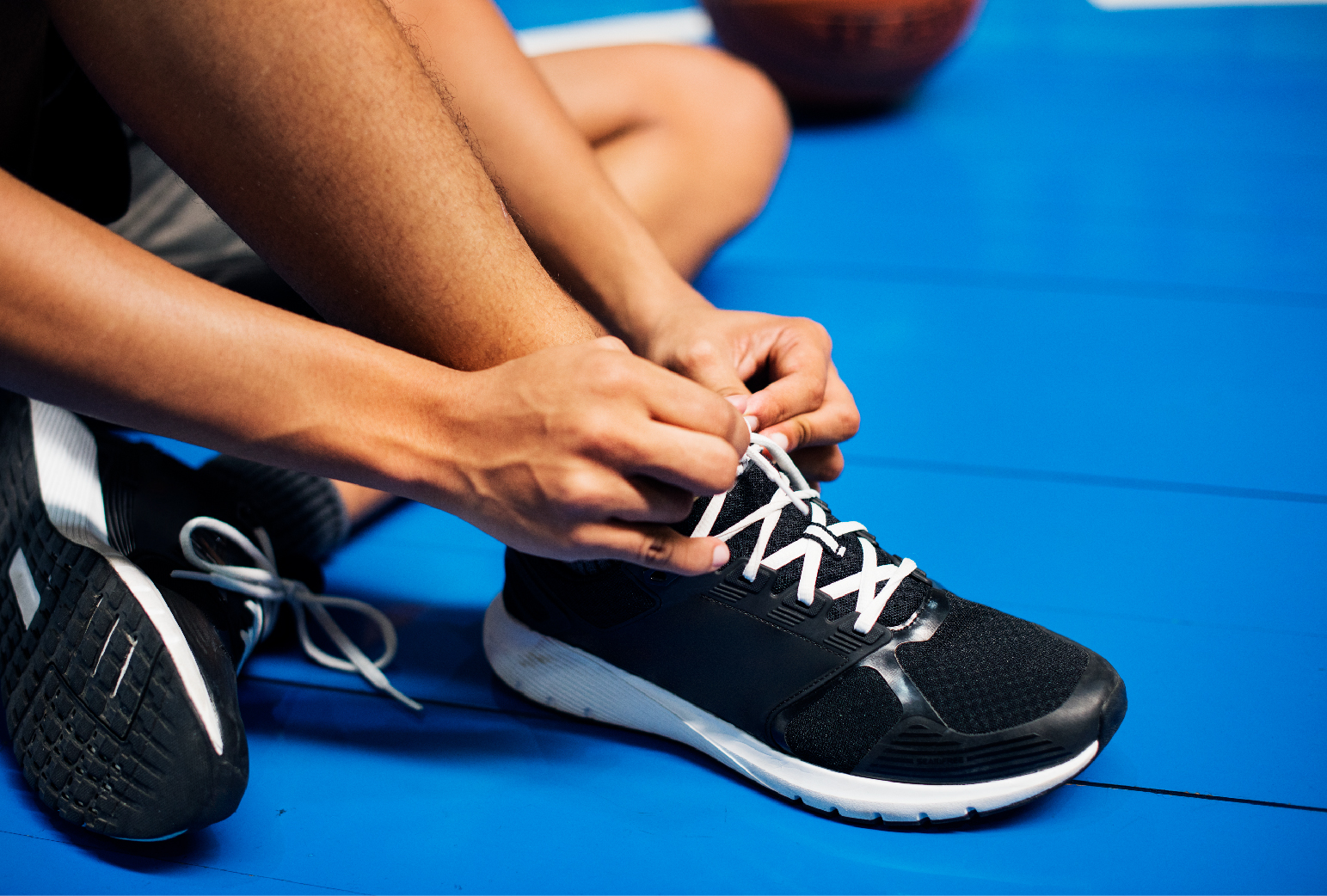

A volleyball court typically has six players. A row of people is standing behind the net, and another row is standing after this. During the match, players are required to switch positions on the court. Due to this, the game is more exciting since players don’t remain in one spot the whole time.
Younger teams and players commonly use the 4-2 volleyball rotation. Players take specific positions on the field as part of this attacking strategy. Two players serve as setters, and four players hit for points in a 4-2 rotation. The setter should never be more than a few feet from their front right position on the court. Because the player on the right side of the court focuses on setting up helps, your offensive options are limited, but the game becomes more predictable.
Because it is the most basic rotation to perform, the 4-2 works well for teams who are either new to one another or new to professional team volleyball.
The 4-2 rotation offers several benefits to a team:
In this setup, the setter in the front row, known as the active setter, may maintain a near-perfect position relative to the front right of center throughout the game. The setter quickly decides where to put the ball since there are only two possible attacking positions.
Often, five players are ready to support with the initial pass in serve-receive rotations.
That way, every pass in the rotation has a chance to be good.
Instead, you may leave the attackers pushed forward on serve receive, putting them in an ideal position to strike right away. Because of this, the 4-2 rotation is naturally flexible.
The setter is consistently in the front row, with easy access to their spot at the front right of the center. Therefore, all passes should go there.
Equally easy to understand and constant are the back-row rotations.
After the serve, players have the option to transfer to a defensive position where they feel more at ease or maintain a rotating order. Since only two hitters are in the first row, changing positions is a breeze.
For the most part, players start by taking turns, with the setter placed as near to their spot as feasible. Upon service disruption, they may quickly gather at their striking locations. Because there are only two possible attacks, the setter can’t think about a third choice.
Every time there is a front-row setter and only two hits, three defenders are present. This results in improved passing and more court coverage for digging spikes. This part is perfect for a beginner team because the opponent’s hits are often not highly forceful.
Players often throw the ball in the same way and are aware of who is going to attack, which leads to hits that are too prepared when this happens. Since this player is almost always in the right place, it’s much simpler for the setter to provide a helping hand. It is perfect for beginner setters because it doesn’t need much thought. The setter may drop the ball over the net, or the two attackers can exchange places to give variety to the assault. Beginners mostly choose this rotation type because of limited attack options.
Each player must wait for their turn to serve the ball by following the given route around the field. When this is complete, they will be able to cross the field to take their desired position. As we said before, the setter must always take the right-hand position in the front. Because of this, the other players will need to reposition themselves. There are times when players have to cover a lot of ground running to get to their spot on the field.
Simplifying things is the main point of the 4-2 volleyball rotation. It’s a breeze to pick up, follow up with, and put into practice ideas from. Before you start running the 4-2 rotation, there are a few principles to remember…
It’s right-of-center for all passes.
At all times, the setter must be in this stance. The 4-2 volleyball rotation makes perfect sense and never throws a setter off their position. They must always be close to or in the front row, where they perform best.
The two offensive attackers are free to run diverse plays when the setter sets from the right-of-center position. It will provide an element of surprise to an attack that is often expected. Having a setter at ease with dumping the ball over the net on the second shot is another technique to include diversity. Even if it’s not a very severe strike, the opposite side might think about it from a different angle.
The back-row hitting is crucial since there is no third attacking option up front.
It might happen if the hitters aren’t prepared for a defensive play or if the other team’s block is designed to remove both hitters from the game.
In a game where every goal counts, the back-row attack is a safe bet to score a goal.
It might be helpful to use the two players in the front row as passing possibilities when using a 4-2 volleyball rotation with a newly formed volleyball team that is still learning how to play.
The typical players should take a back seat to defend and cover more ground while facing an offense that isn’t very strong or doesn’t spike the ball very often. This opens the floor for a setter to join five passers on the court. You should only utilize this against a team with real trouble getting any speed on the ball. Otherwise, the first row needs to make the proper blocks.
Despite its dependability, the 4-2 volleyball rotation is great for teams who only get to know one other or the game. When faced with too many alternatives, it helps players make strong judgments by removing confusing thinking.

Hi, I'm David Muse, the founder of Volleyball Spikes. My days are spent with workouts and article writing, mostly for Volleyball Spikes. With 15 years of expertise and a history of competing on an international scale... It's fair to say that my knowledge of volleyball is pretty good.
MEGA4D is your go-to destination for comprehensive knowledge about volleyball game-play. Get a complete buying guide to the best and latest volleyball equipment, learn about volleyball positions, rules and training to train yourself with expert experience!



Subscribe to our newsletter and we’ll send you the emails of latest posts.
Copyright © Volley Ball Spikes 2023. All Rights Reserved Design By Digital Korbax LLC